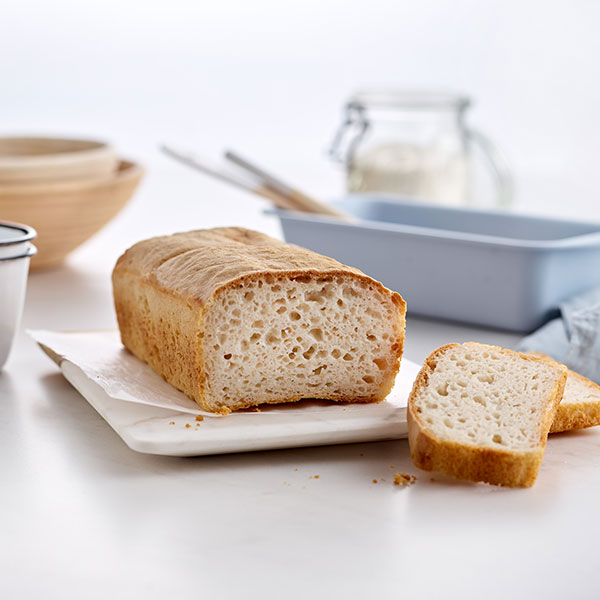
No reviews yet. Be the first to review this recipe.

Gluten Free White Sourdough Loaf
No reviews yet. Be the first to review this recipe.
About this recipe:
This sourdough sandwich loaf requires a gluten free whole grain flour* to kick start the bread making process. There are three distinct stages to making a sourdough loaf: the starter, the ferment and the dough itself. The starter will take 3 to 4 days to develop and then another 4 – 12 hours to be transformed into the ferment necessary to rise the dough, exact timings depend on the flour and temperature in your kitchen. * alternatively use Buckwheat, Brown Rice, or Chickpea Flour *
For additional guidance with hints and tips, see our Guide to Gluten-Free Sourdough Making alongside our handy Gluten-Free Sourdough Starter Table.
Equipment:
glass bowl, 500g/1lb loaf tin, mixing bowl, spatula, large mixing bowl and clean tea towel
Ingredients:
Starter
8-10 tbsp FREEE Quinoa Flour * (see description for alternatives)
8-10 tbsp tepid water FERMENT
50g starter (from above)
75g FREEE White Bread Flour
100ml tepid water
First Dough Batter
225ml ferment (from above)
150g FREEE White Bread Flour
150ml tepid milk
½ tsp salt
Second Dough Batter
525ml 1st dough batter (from above)
150g FREEE White Bread Flour
100ml tepid milk
1 tbsp oil
flour, for dusting
Method:
220˚C, Fan 200˚C, 425˚F, Gas 7
Starter – use this handy chart to help you keep track of your feeding times.
- On the first day, put one tablespoon of Quinoa flour and one of water into a 500ml glass bowl and mix together.
- Wet a clean tea towel, wring it out well, lay it over the bowl and leave in a warm place for about 12 hours.
- After the 12 hours have passed, add another tablespoon of flour and another of water, mix together, cover with the damp tea towel and leave for another 12 hours.
- On day two (24 hours since beginning your starter), stir in a third tablespoon of flour and a third spoon of water, stir to mix, cover again with the damp tea towel and leave in a warm place for 12 hours.
- For the second feed of day two, add a tablespoon of flour and one of water, stir to mix, cover with the tea towel and leave in a warm place for 12 hours.
- For the first feed of day three (36 hours since beginning your starter), increase the feed by adding two tablespoons of flour and two of water, stir to mix. Re-damp the tea towel if necessary, lay it over the bowl and leave in a warm place for 12 hours.
- On the second feed of day three, add one tablespoon of flour and another of water, mix together, cover with the damp tea towel and leave for another 12 hours.
- At this point your starter should be bubbly and ready to create your ferment. If the starter is not showing bubbles, repeat the 12-hour feed and water routine, and ensure the starter is kept in a warm place.
Ferment
- Once your starter is bubbly, stir the starter and then measure 50g of the starter into a mixing bowl.
- Add 75g flour and 100ml water, stir to make a paste, invert a larger mixing bowl over the bowl of ferment and leave in a warm place for 4-12 hours until bubbles appear. When bubbly, your ferment is ready to use (you can either dispose of any unused starter after bread making or keep and feed it regularly until your next baking session).
1st Dough Batter
- Add 150g of white bread flour and 150g of milk to the bowl of ferment and stir to mix.
- Add the salt, stirring to make a smooth batter.
- Invert a larger mixing bowl over the dough batter and leave in a warm place until double in size which may take 2 – 12 hours.
2nd Dough Batter
- Rub some oil around the inside of a 500g/1lb bread tin.
- Add 150g of white bread flour and 100ml of milk to the 1st batter and stir to until smooth.
- Drizzle the oil over the sticky batter and, using a spatula, turn the mixture a couple of times in the bowl to encourage the formation of an oily, doughy mass.
- Tip the oily mass into the prepared tin and smooth the top.
- Turn your mixing bowl upside down and place it over the tin.
- Leave in a warm place until the mixture rises to the top of the tin which may take 2-12 hours.
- Pre-heat the oven.
- Remove the mixing bowl and bake for 35-40
- Turn the loaf out of the tin, wrap it in a clean tea towel and leave to cool.
- Cool completely before slicing.
Click this link to find a handy Gluten-Free Sourdough Starter Table which when printed has space for you to enter the day and time that you feed your starter with flour and water and to help monitor progress.
This Guide to Sourdough Making contains lots of hints and tips for successful sourdough bread making.
Leave a review?
Can we Tempt You?
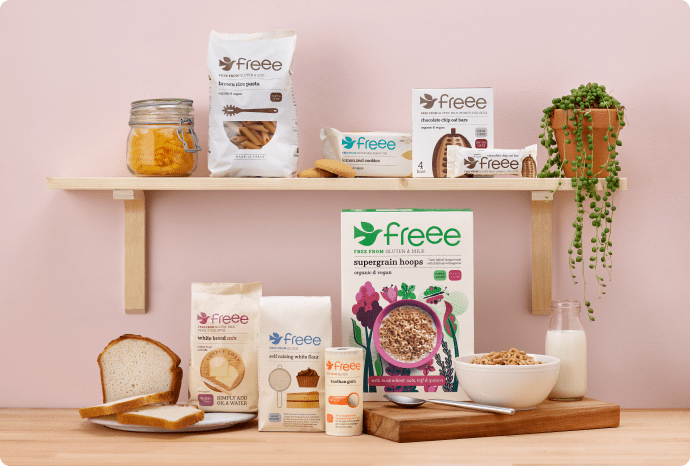
Shop online with FREEE
An extensive range of gluten free food delivered straight to your door!
Shop now
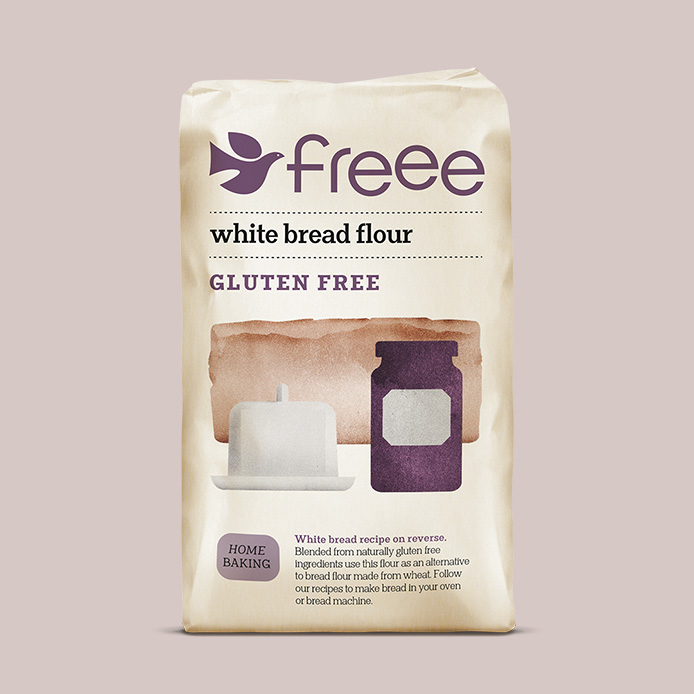
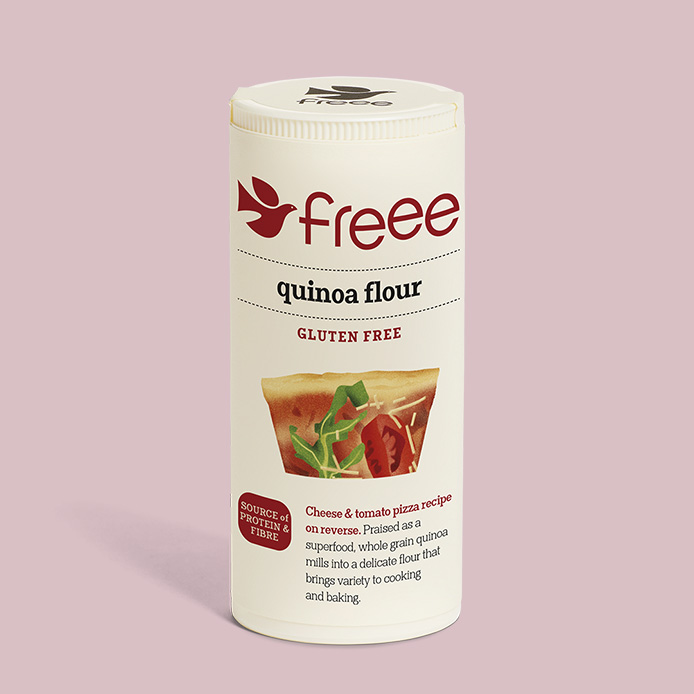
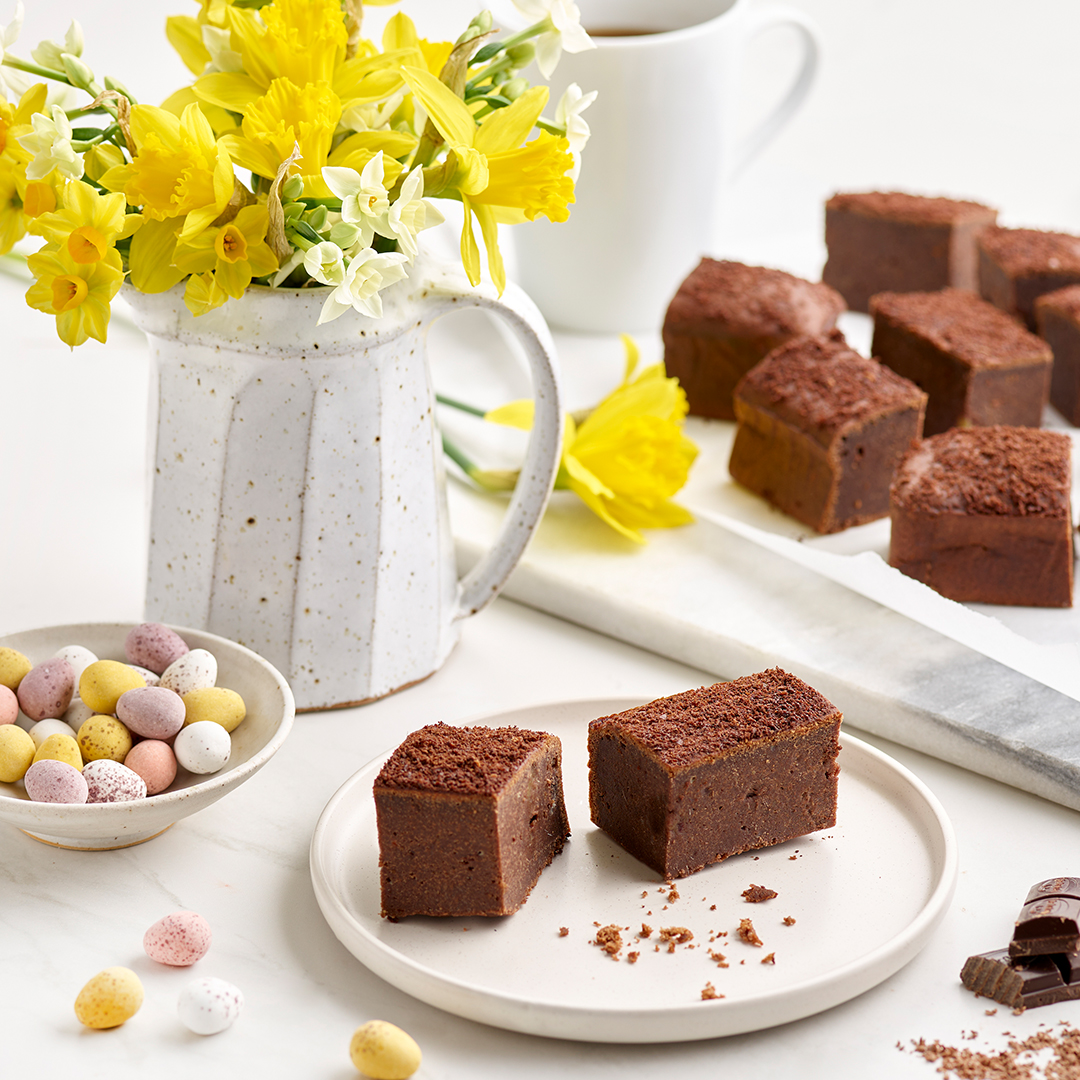
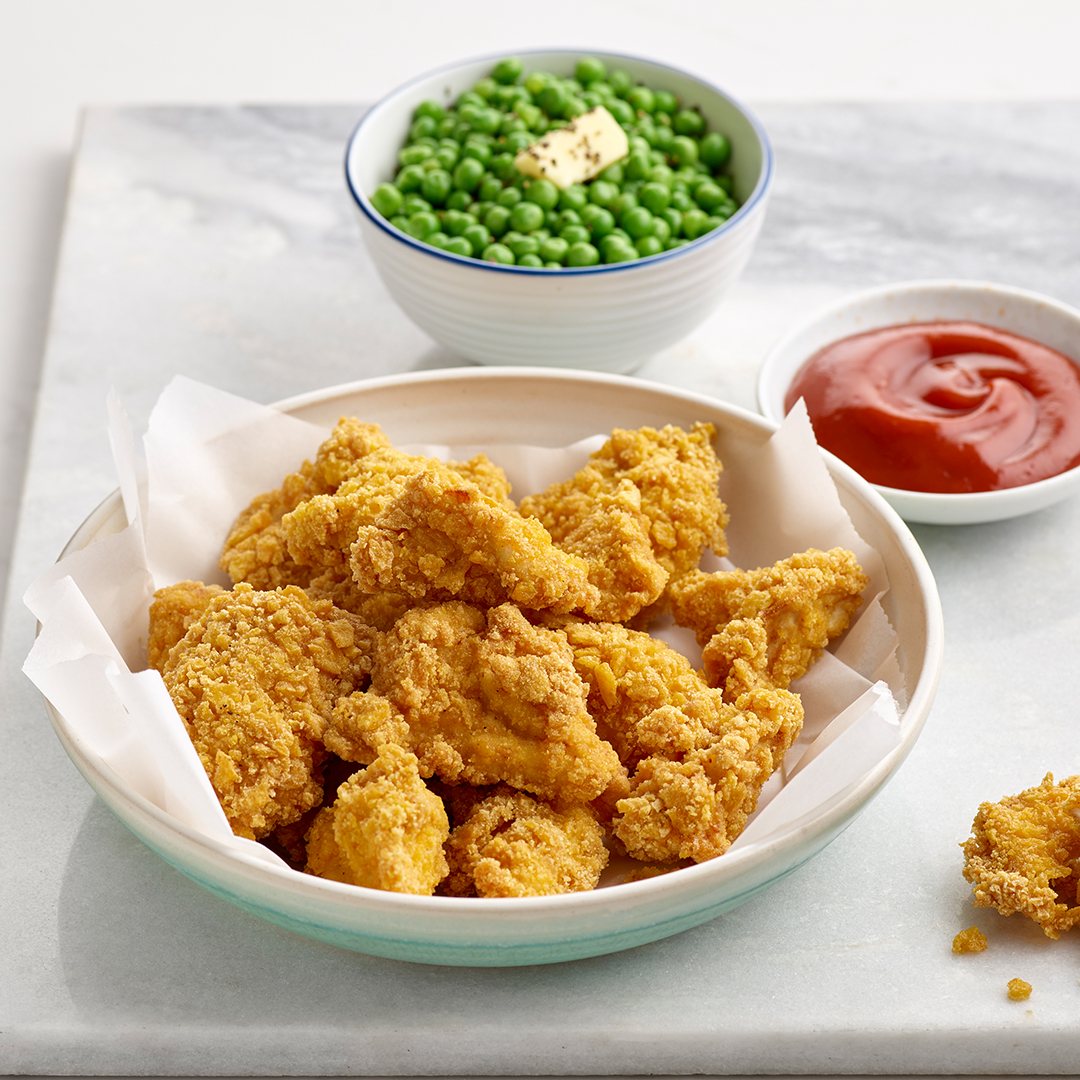
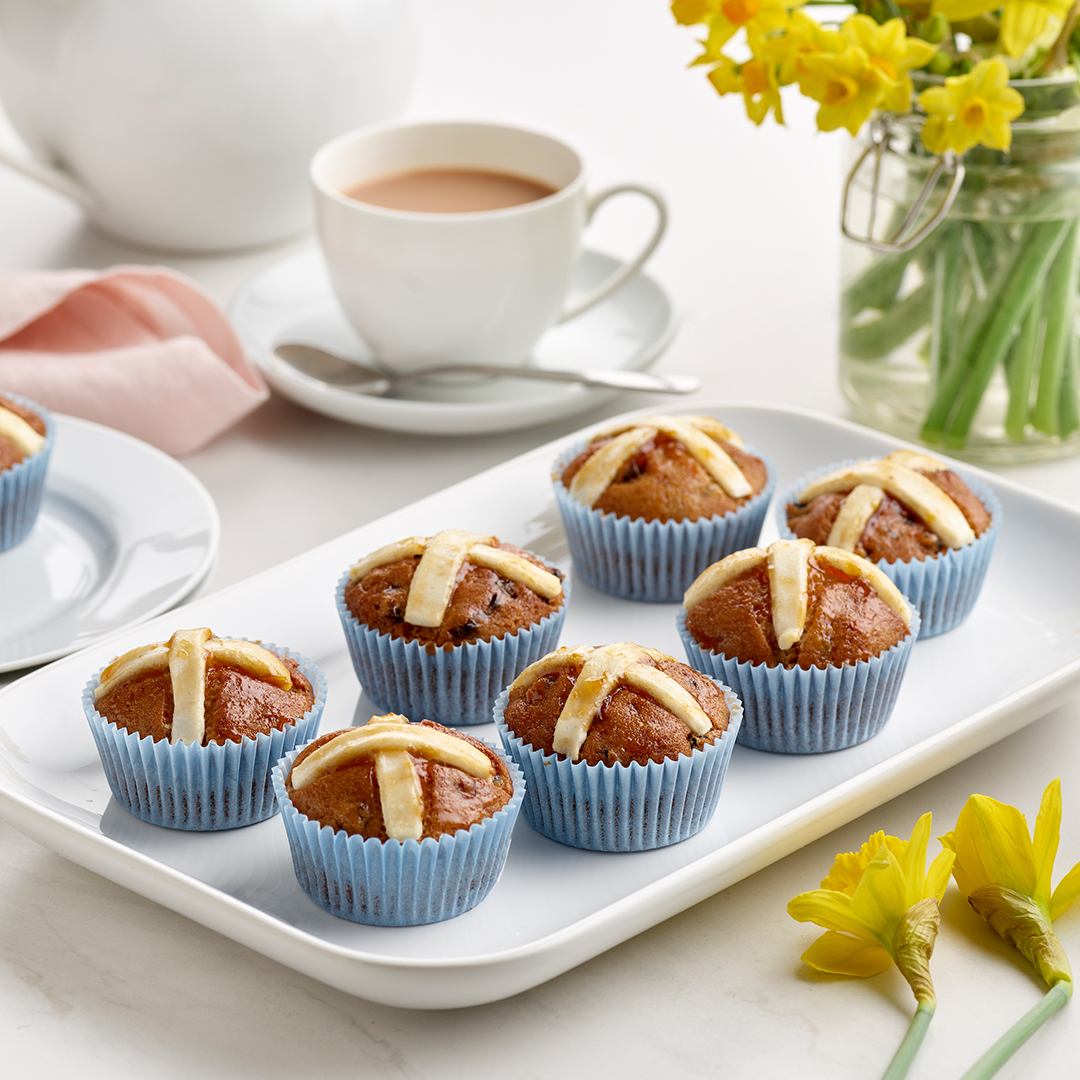
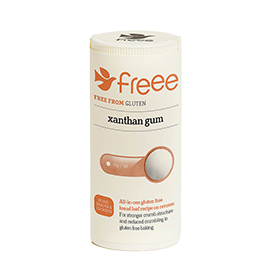
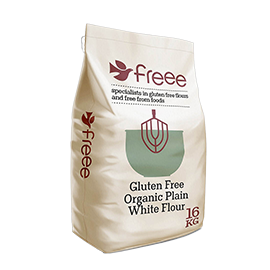
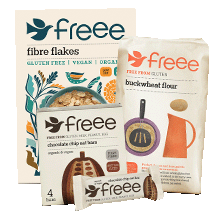
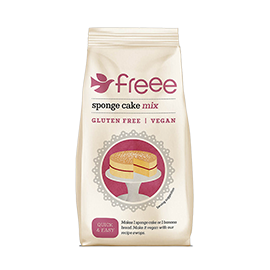
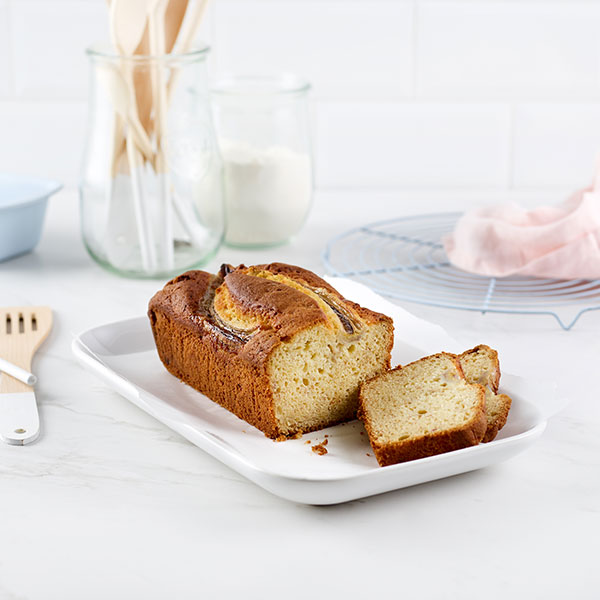
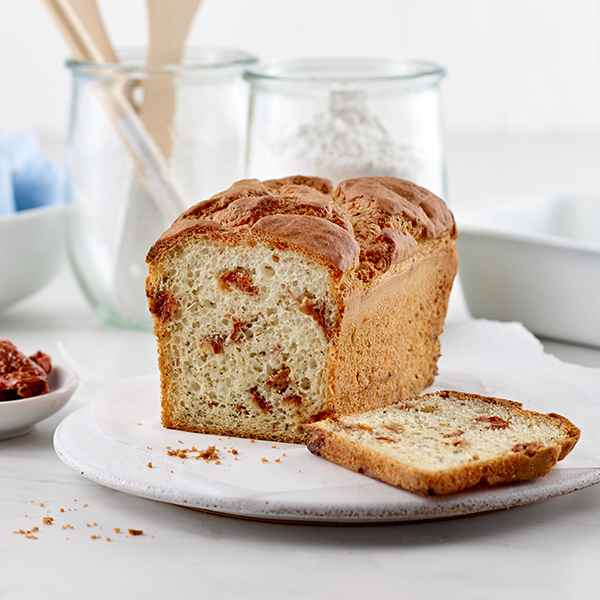
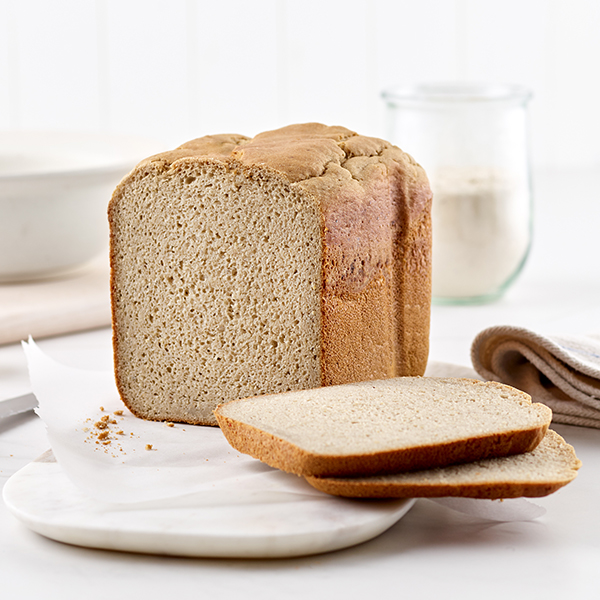
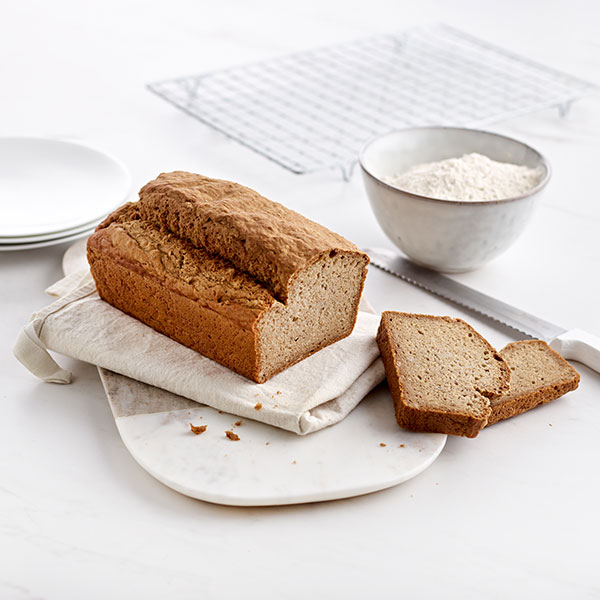





Leave a Reply